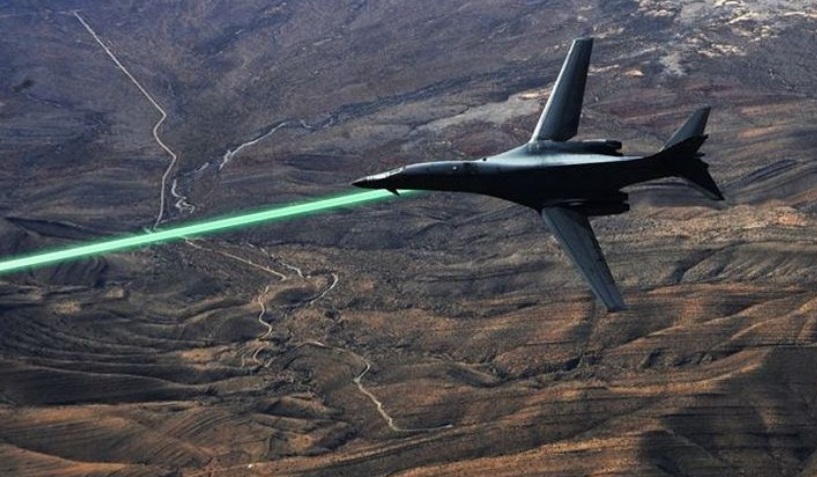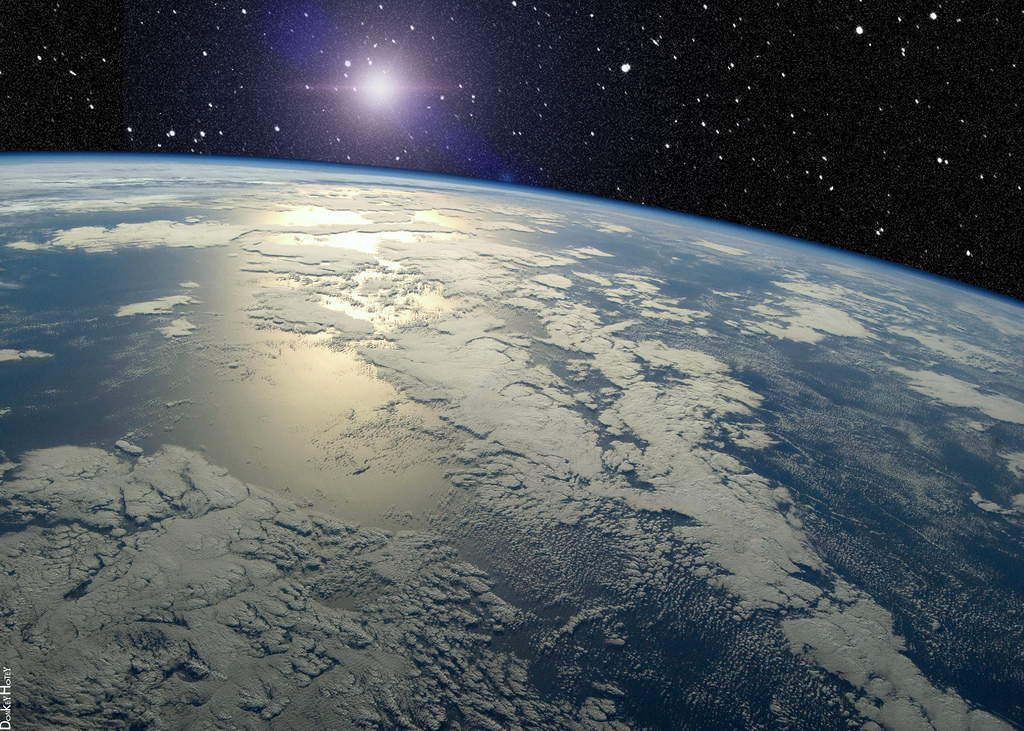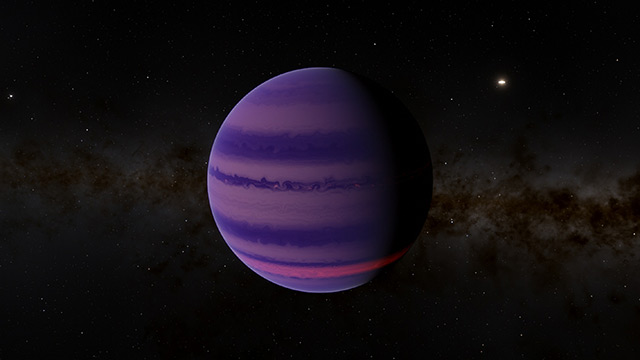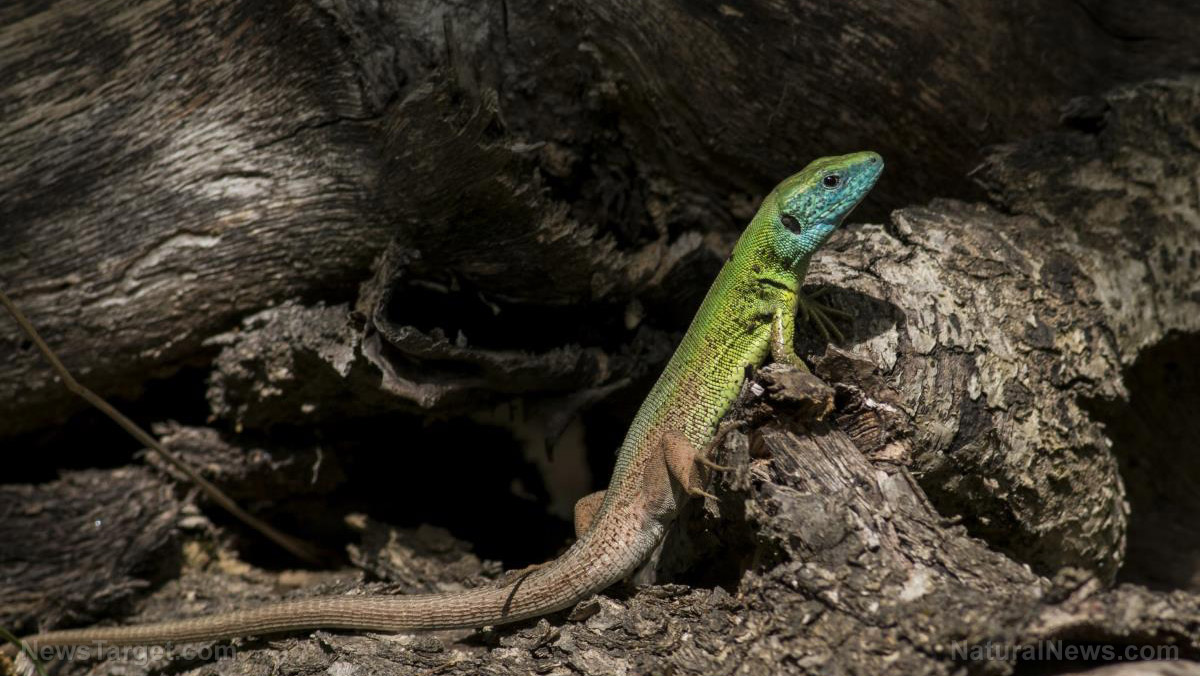We’ve already begun trashing the moon: A summary of what’s been left up there
03/27/2018 / By Frances Bloomfield
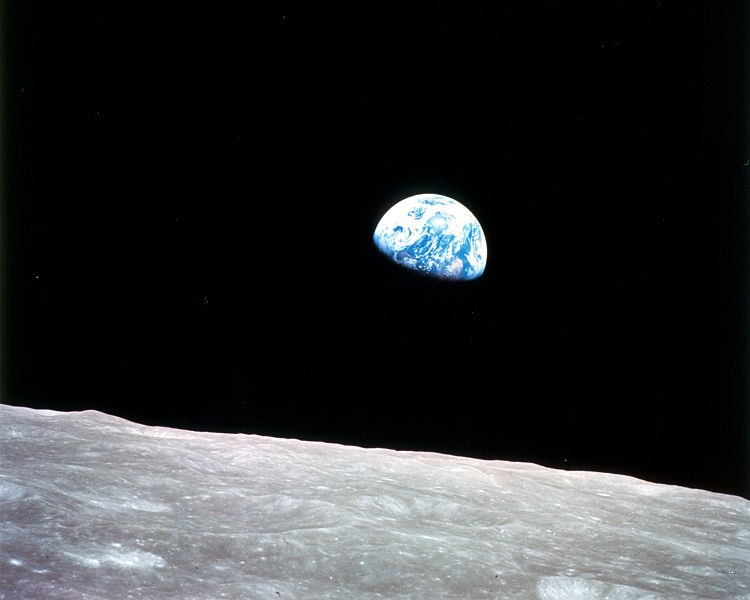
Humanity may not be living on the moon just yet, but that doesn’t mean we haven’t left a mark on its surface. Or marks, if you will – about 400,000 pounds of it. That number is the estimated, collective weight of all the human trash that’s accumulated on the face of Earth’s satellite.
Shocking as it may be to us, to William Barry, that figure isn’t surprising at all. According to Barry, who is the chief historian of the National Aeronautics and Space Administration (NASA), that 400,000 lbs are composed of all kinds of debris.
For one, there are bits and pieces left over from the Saturn V, a colossal super heavy-lift launch vehicle whose payload came to a total mass of 99,000 lbs. Five moon rangers are on the moon too, as are numerous unmanned spacecraft launched by Russia, Japan, China, and India.
Although it hasn’t been updated since 2012, the Catalogue of Manmade Material on the Moon provides a good picture of what else is strewn across the lunar surface. A gold olive branch, a falcon feather, a flag kit, a hammer, a urine collection device, and several golf balls are just some of the items remaining on the moon.
Barry explained that the majority of this trash was the result of man attempting to better understand the moon. Back in the 1960s, some scientists were convinced that the moon’s exterior was like quicksand due to all the space rocks and other cosmic debris that whaled on it throughout its existence. The lunar probes sent up there proved that idea wrong when they were able to land (or in some cases, crash) on solid ground. Following that, even more spacecraft was propelled into space. A few were there to chart its terrain, others were created to identify the presence of specific elements. Nearly all became lunar garbage in due time. (Related: Video game orbital lasers come to life: Chinese engineers propose to zap space debris out of orbit with giant lasers)
But what about the items left there by astronauts? As per Barry, there simply weren’t enough resources to accommodate their return to Earth. Speaking to LiveScience.com, Barry elaborated: “On any engineering project, like landing on the moon, you design the mission to do what you need it to do and not a whole lot more. The real concern was: Can we get the crew safely to the moon, can they get the samples they need and can we get them back in one piece?”
The garbage on the moon may be unsightly, but it isn’t useless. A laser-range reflector left behind by the crew of the Apollo 11 is still being used until today. Experiments with this reflector have revealed that the moon is actually drifting away from the Earth at a glacial rate of 1.5 inches per year. Some researchers have been studying these objects to monitor the effects of radiation and the vacuum of space on their structure.
Additionally, the trash may also provide visitors to the moon with a timeline of human progress. After all, the oldest man-made object on the moon is the Luna 2, a Russian spacecraft famous for being the first one to reach the moon’s surface. It was launched in 1959, nearly 60 years ago.
“Future lunar visitors may want to view the old Apollo sites and see gear from NASA, the European Space Agency, the Russian space agency Roscosmos and other countries,” stated Barry.
Visit Space.news for more stories or studies revolving around the moon.
Sources include:
Tagged Under: Debris, ESA, Moon, moon garbage, moon junk, NASA, Space, space debris, space exploration, Space Junk

